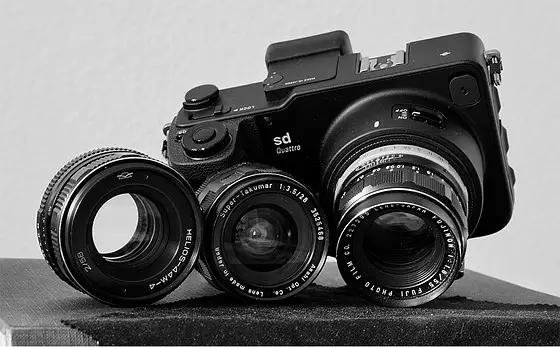![Plastic lens vs. Polycarbonate lens comparison [4 main parameters]](https://cameratroop.com/wp-content/uploads/2024/01/Plastic-lens-vs.-polycarbonate-lens-comparison-based-on-4-main-parameters.jpg)
Plastic lens vs. Polycarbonate lens comparison [4 main parameters]
As an Amazon Associate, I earn from qualifying purchases.
Which the best Plastic lens vs Polycarbonate? The choice between polycarbonate vs. plastic lenses for eyewear involves critical considerations impacting both visual quality and durability.

Comparing plastic lenses vs. polycarbonate lenses
When comparing polycarbonate lenses vs. plastic ones, different factors play a pivotal role in determining the visual quality and overall user experience.

Clarity and distortion
Polycarbonate lenses:
Polycarbonate lenses are known for their superior optical clarity, often outperforming plastic ones by delivering sharper vision. The high-index properties of polycarbonate lenses help minimize distortion, especially in cases of higher prescriptions.

Unlike plastic or glass lenses, polycarbonate lenses typically maintain consistent clarity, offering reliable visual quality across various prescriptions.
Plastic:
The quality of these lenses depends on the type and thickness of the plastic used in their production.

Larger frames can contribute to increased distortion due to the inherent properties of plastic, affecting the overall visual experience.
Comparative analysis
Polycarbonate lenses are popular among those with higher prescriptions in the optical industry since they are generally excellent at reducing distortion.

Thickness, weight, and comfort
Polycarbonate lenses:
Polycarbonate lenses are celebrated for their inherent lightweight properties, making them stand out among other materials.
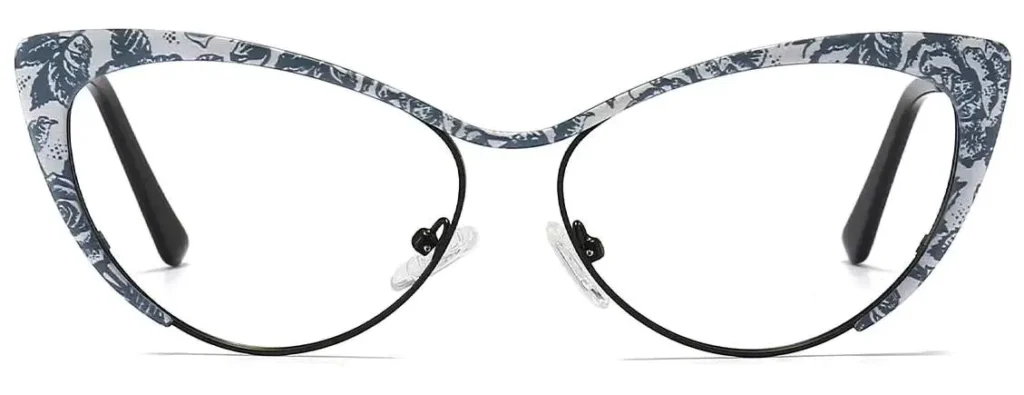
Compared to both plastic and glass lenses with equivalent prescriptions, polycarbonate lenses are thinner and lighter, offering enhanced comfort.
This lightweight nature of polycarbonate lenses is a significant advantage, providing increased comfort for prolonged wear.
Plastic:
Plastic ones typically tend to be heavier and thicker lenses compared to polycarbonate lenses, particularly noticeable in stronger prescriptions.
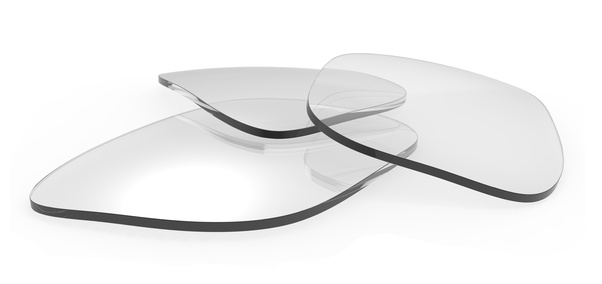
Comparative analysis
Even while they come in thinner versions, regular plastic lenses are typically heavier and thicker than polycarbonate lenses, which can be uncomfortable.

Durability and scratch resistance
Polycarbonate lenses:
Polycarbonate lenses are highly regarded for their exceptional durability, credited to their impact-resistant and scratch-resistant coating.

The robust material composition of polycarbonate lenses inherently offers superior scratch and impact resistance compared to both plastic and glass lenses, making them a preferred choice for individuals seeking durable eyewear.
Plastic:
Standard plastic lenses typically lack the durability of polycarbonate lenses. While they might not match the robustness of polycarbonate, some plastic lenses come with a scratch-resistant coating, offering an added layer of protection against scratches.
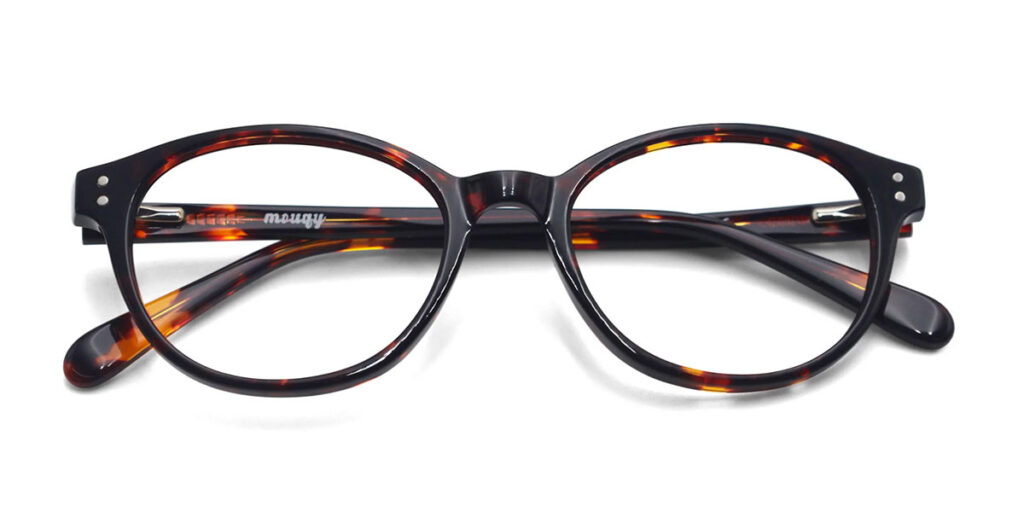
However, these coatings might not provide the same level of durability as the inherent scratch resistance found in polycarbonate lenses.
Comparative analysis
Polycarbonate lenses are extremely durable and impact-resistant.
Although plastic lens material is reasonably durable, it may need extra coatings or treatments to match polycarbonate lenses’ scratch resistance.
Value for money
Consider the long-term benefits when comparing the cost of polycarbonate lenses and other types.
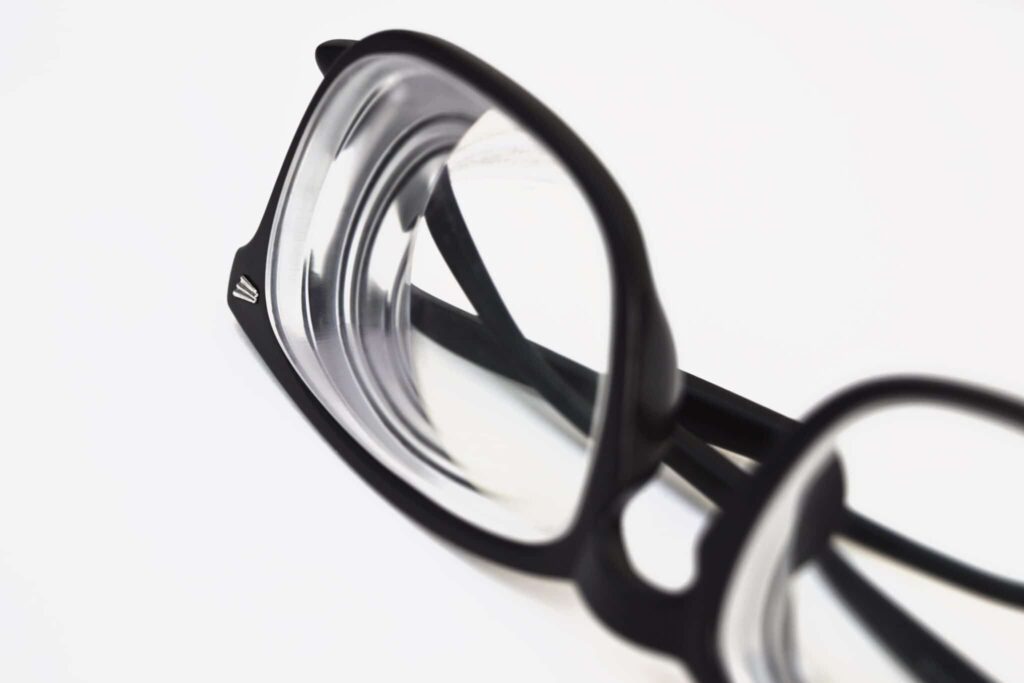
While plastic ones are generally more budget-friendly upfront, polycarbonate lenses might offer better value due to their durability, impact resistance, and extended lifespan.
- Assessing the trade-offs between the initial cost and long-term advantages of polycarbonate lenses can help determine the best value for your investment in eyewear.
Considerations for choosing lenses
Determining the right choice between plastic lenses vs. polycarbonate lenses involves careful consideration of various factors to ensure the selected lenses align with your lifestyle, visual needs, budget, and expert recommendations.
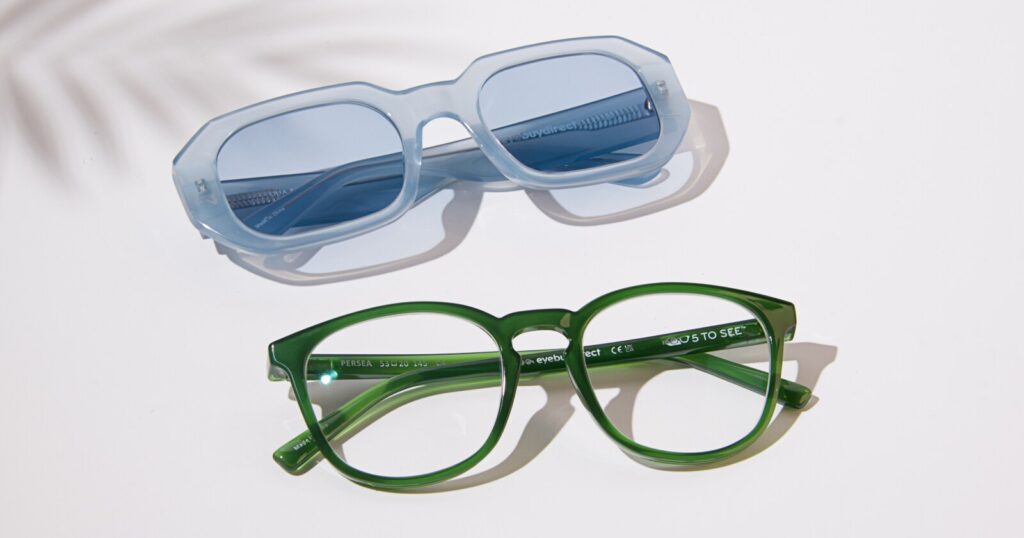
Lifestyle and activities
When making your decision, take into account your daily routine and activities and the need for UV protection.
Polycarbonate lenses, one of the most impact-resistant lenses, offer superior impact resistance, making them an ideal choice for safety glasses and sports goggles for individuals engaged in active lifestyles or sports.
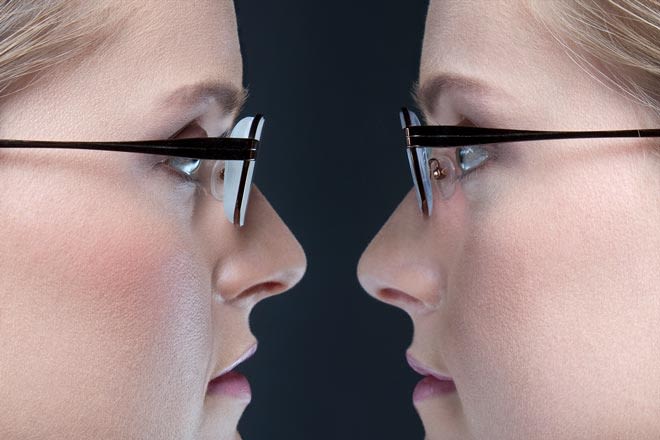
Polycarbonate lenses provide added safety and durability, reducing the risk of breakage or damage to safety glasses during physical activities.
On the other hand, for everyday use where impact resistance is less critical, plastic glass lenses may suffice, especially if style and comfort are primary considerations.
Vision correction needs
Your prescription strength significantly influences the suitability of materials for prescription glasses and contact lenses.

Polycarbonate lenses excel for individuals with stronger prescriptions. Polycarbonate lenses are crafted to be thinner and lighter, reducing lens thickness and overall weight.
For lower prescriptions, plastic prescription lenses might be suitable, offering cost-effective options without compromising visual clarity.
Budget considerations
Again, it’s crucial to evaluate your budgetary constraints when selecting between eyeglass lenses. Plastic ones generally come at a lower cost compared to polycarbonate lenses, which might have a higher initial price.
However, consider the long-term benefits of durability, impact resistance, and potential reductions of polycarbonate lenses when assessing the overall value of each lens type.
Optician and expert advice
Seeking guidance from an optician or eyewear professional is pivotal in making an informed decision. They can provide personalized recommendations tailored to your lifestyle, prescription, and specific needs.
Their expertise ensures that the chosen plastic or polycarbonate lenses meet your requirements for comfort, visual clarity, and durability, optimizing your eyewear choice for maximum satisfaction and functionality.
Consulting an expert aids in weighing the trade-offs and advantages of prescription lenses, ensuring you make a well-informed decision aligned with your unique preferences and circumstances.
Conclusion
In conclusion, the choice between polycarbonate vs. plastic lenses should be based on individual considerations such as lifestyle, specific activities, vision correction requirements, and budget constraints.
FAQ
What is better plastic or polycarbonate lenses?
While plastic lenses may be more reasonably priced, polycarbonate lenses are more lightweight and scratch-resistant than other lens materials.
What are the disadvantages of polycarbonate lenses?
While polycarbonate lenses are durable and the most impact-resistant lenses, some potential drawbacks include higher cost and the possibility of chromatic aberration.
How much lighter is polycarbonate than plastic?
Polycarbonate lenses can often weigh between 20% and 30% less.
Do plastic lenses block UV?
While some might include UV-blocking coatings, it’s important to confirm the exact type of lens.
Are Trivex lenses good?
Trivex lenses are a wise choice, indeed. Trivex lenses are lightweight, provide outstanding clarity, and resist impacts well.
Compared to polycarbonate lenses, Trivex lenses offer sharp vision with less chromatic aberration.
What is a high-index lens?
High-index lenses are a thinner and lighter type of eyeglass lens. High-index lenses are made from materials with a higher refractive index than standard lenses.
High-index lenses are used to reduce lens thickness, especially for stronger prescriptions. High-index lenses improve both comfort and appearance.

